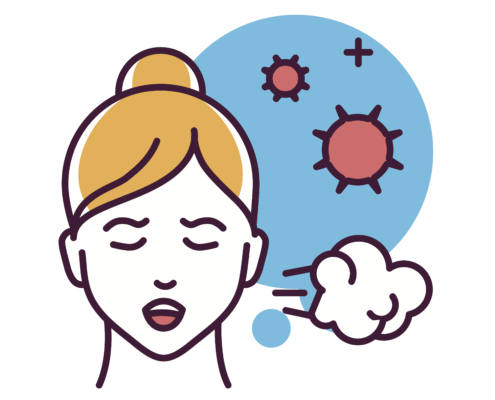The use of AI cough detection programs and applications could be justified to contribute to the fight against Covid-19, however, certain conditions must be met in order to ensure their responsible use. Wider (covert) application in public or private spaces render a number of legal, ethical and governance issues. A major trade-off is that the AI applications for cough detection that are available have no sufficiently proven efficacy and robustness. Given the above we feel that at this point there is no acceptable trade-offs for the wide (indiscriminate) use of these types of applications.

